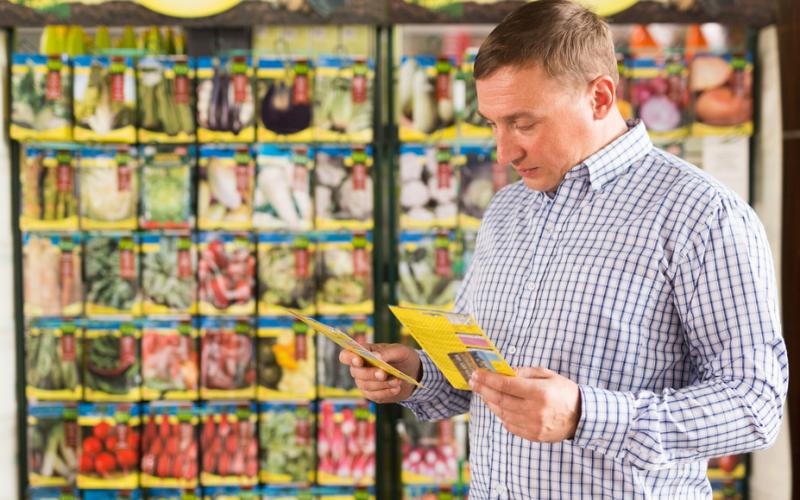Written by Chris Zdorovtsov (Former SDSU Extension Community Vitality Field Specialist).
Community Supported Agriculture (CSA) subscriptions vary by producers; there is no set rule on the package size or box contents. Clearly define what your subscription package will look like and provide examples of the contents it will likely contain over the season. Make sure that consumers understand that produce is seasonal. Items like asparagus, rhubarb, strawberries, and salad greens will be heavier in the spring, while tomatoes, beans, cucumbers, and melons will arrive later in the summer.
Packaging Considerations
Cardboard boxes or plastic totes are often used for packaging. Sizes that are commonly seen for large subscriptions are typically 3/4 bushel boxes. Smaller subscriptions range from 1/2 - 5/9 bushel boxes and contain 1/2 – 2/3 the amount of product as the large-subscription boxes.
Other containers could include plastic or canvas bags, crates, and baskets. The decision should be based both on the appearance of and the cost of the packaging. Also consider the quantity of subscriptions that need to be delivered. Flat, stackable cardboard boxes will be much earlier to transport, while baskets full of produce would be difficult to pack into a vehicle in large quantities. Also consider how durable the material is. Will moist produce quickly weaken a paper-based package, or can the container hold a heavy melon?
Subscription Format
On average, subscriptions contain 7-10 items-per-week. Staple items, such as onions, carrots, potatoes, and tomatoes, are provided regularly. Special items, such as watermelons or pumpkins, are offered once to a few times over the season. Finally consider if you market will desire unique items. Unless demanded by consumers, rare items, such as fennel or okra, are very limited or not offered at all.
Across the U.S. subscriptions tend to range from $300-$800 per-share annually (anywhere from $15-$40/week). Remember, however, that it is hard to compare as producers have different season lengths; numbers; and types of products, production methods, distribution, and packaging. The more box sizes, variations of products, and delivery options you have, the more expensive each share becomes. These expenses need to be passed onto the customer.


